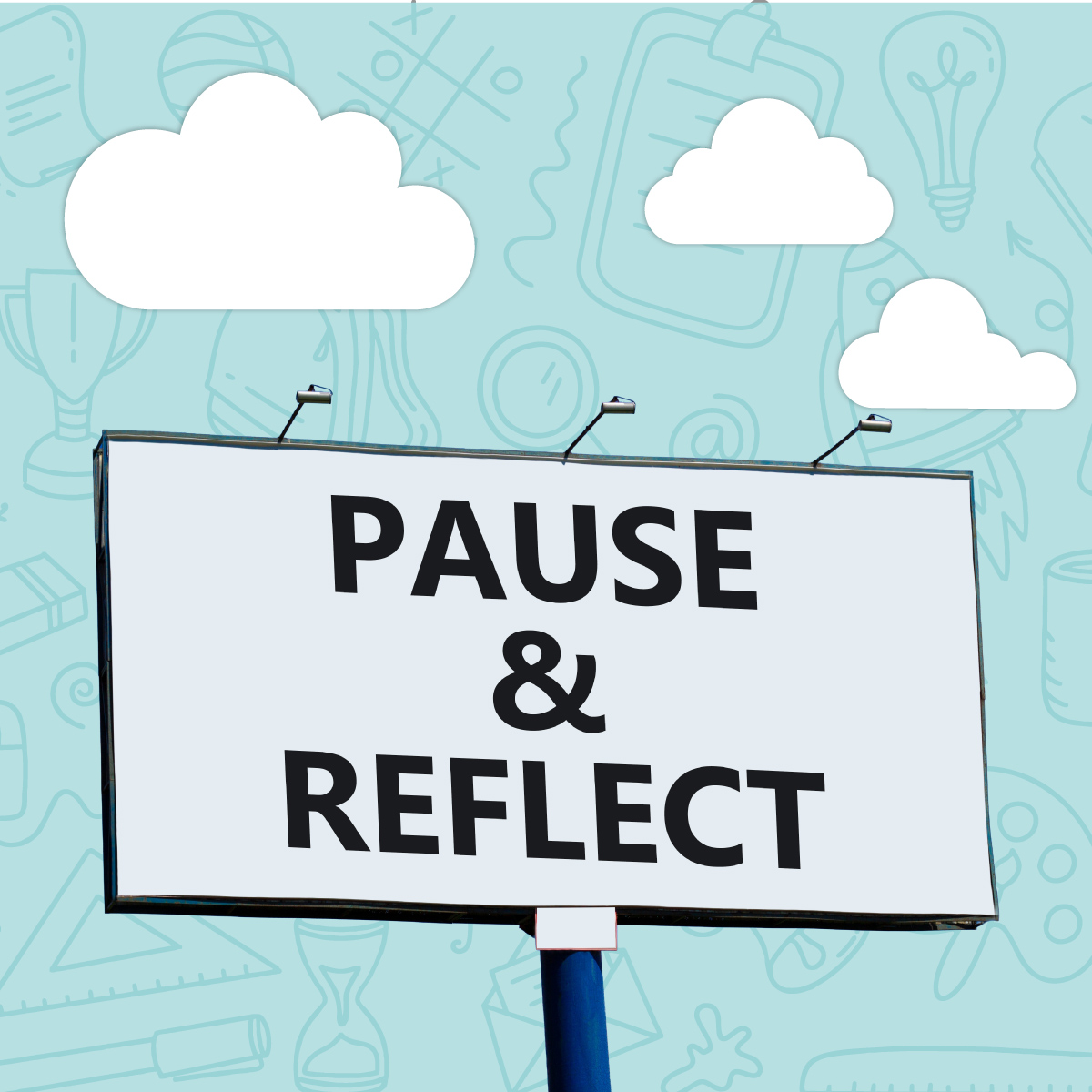As the school year winds down, the temptation to slide into survival mode is real. But this moment, before the books are boxed and the walls stripped, is ripe for something far more powerful: reflection. When done intentionally, end-of-year reflection helps students pause, process, and celebrate how far they’ve come—not just academically, but as thinkers, problem solvers, and humans.
Below are reflection activities organized by grade-level bands – each designed to focus on the learning that happened, not just what was taught, but what was absorbed, applied, and transformed.
Grades K–2: Wonder Walks and Learning Maps
Focus: Celebrating growth through stories, visuals, and movement.
Activities:
- My Learning Map: Students draw a map with paths showing what they learned across the year (e.g., “Math Mountain,” “Reading River,” “Friendship Forest”). Invite them to label each area with a skill they’re proud of mastering.
- Wonder Walk: Take a classroom or school walk where students stop at stations that represent key learning units (photos, anchor charts, student work). At each stop, ask: What did we learn here? What do you remember? What made it fun or challenging?
- “Now I Can…” Crowns: Students create paper crowns listing things they can now do that they couldn’t at the beginning of the year.
- Story Circle: Students sit in a circle and use sentence frames like “I learned how to…” or “I got better at…” to share their biggest accomplishments.
Reflection Prompts:
- What was your favorite thing you learned this year?
- What did you try that was hard at first but got easier?
- What are you excited to learn next year?
Grades 3–5: Learning Portfolios and Growth Jars
Focus: Owning the learning journey and reflecting on strategies.
Activities:
- Before & After Gallery: Students select a piece of work from the beginning of the year and a recent one in the same subject. They compare and annotate what has improved (writing, thinking, problem solving).
- Growth Mindset Jar: Throughout the last week, students write on slips of paper the times when they persevered or learned something meaningful and add to a class jar. Read them aloud and celebrate.
- Learning Strategy Shields: Students create shields that showcase the learning-to-learn strategies they used: goal setting, self-questioning, feedback, etc.
- Letters to My Future Self: Students write letters describing what they learned this year and advice they’d give their future selves about learning.
Reflection Prompts:
- What learning strategy helped you the most this year?
- What was your biggest “aha” moment?
- If you could give advice to a 3rd/4th/5th grader just starting the year, what would you say?
Grades 6–8: Metacognitive Journals and Legacy Projects
Focus: Deepening self-awareness and articulating personal learning journeys.
Activities:
- Metacognitive Journals: Over the last week, students write entries reflecting on each subject. Prompts include: What challenged me? What am I proud of? What learning will I carry into next year?
- “My Learning Legacy” TED Talk: Students script and (optionally) record short talks that answer: What did I learn, how did I grow, and who helped me get there?
- Timeline of Triumphs: Students plot key moments of learning breakthroughs on a visual timeline. Include peer feedback and shared memories.
- Challenge Chronicles: Students write or video-record brief narratives of the most significant academic or personal challenge they faced, how they overcame it, and what they learned.
Reflection Prompts:
- Which piece of learning changed the way you think?
- What did you discover about how you learn best?
- Who or what inspired your growth this year?
Grades 9–12: Portfolio Defense and Personal Learning Manifestos
Focus: Synthesizing learning across disciplines and building learner identity.
Activities:
- Portfolio Defense: Students select 3–5 pieces that represent their best work, biggest growth, and most meaningful learning. They present to peers or panels, explaining their learning journey and next steps.
- Learning Manifesto: Invite students to write a personal manifesto on how they learn, what they believe about learning, and what motivates them. Encourage artistic formats: poems, zines, short videos.
- Year in Review Panels: Host student-led panels where they discuss this question: What did we learn this year that matters beyond school?
- Socratic Reflection Seminars: Students engage in structured, student-led discussions reflecting on critical thinking, self-regulation, and collaboration strategies that contributed to their success.
Reflection Prompts:
- What skills or habits will serve you beyond this classroom?
- How has your thinking changed in any subject or topic?
- What does it mean to be a learner in today’s world?
Reflection isn’t Just a Look Back
- Reflection isn’t just a look back—it’s a springboard forward. By making space for students to process and celebrate their learning, we elevate their agency and plant seeds for a lifelong identity as learners.
- So before the bell rings one last time, give them the gift of realizing how much they’ve truly grown.
- Join the Impact Team movement if you believe in building Metacognitive Clarity with your students.



